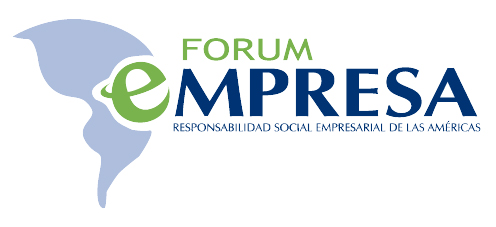San Francisco a Model City in Sustainability-June 2014
San Francisco is one of the most popular tourist destinations in the world. People want to see the iconic Golden Gate Bridge, Alcatraz Island, Fisherman’s Wharf, the crooked portion of Lombard Street on top of Russian Hill, Chinatown, and the list goes on and on. But San Francisco is also known for its forward thinking in conservation and sustainability.
Here are three recent innovative initiatives worth mentioning.
1) Smart Meters
This past April, after Gov. Jerry Brown signed a new emergency drought proclamation, he asked every city, every community, and every Californian to conserve water in every way possible. For people who want to cut back on water use there is no way of knowing how much is saved. This is about to change in San Francisco, the first major city where customers will be able to track their water use on-line. This new program was launched in May and is part of a $56 million investment to put new meters in 180,000 homes and businesses. Don’t be surprised if someone invents an app to make the water monitoring easier, just ask one of the tech people who just moved to San Francisco.
2) “Zero Net Energy” Buildings
California state officials are always looking for new ways to save energy and combat climate change. What is their new goal? To have all new homes in California reach zero net energy by 2020 and all commercial buildings achieve the same standard by 2030. A zero net home or building should generate as much energy as it uses in any year, typically through the use of solar panels, living walls and other technology gadgets. There are only 10 buildings of this kind in California and San Francisco just got its first one. The building is so efficient that compared with regular buildings downtown, it consumes one third of the energy per square foot that the others use.
3) Full-Service Markets in Low-Income Communities
Until a couple of years ago, when we heard of a grocery store that sold local organic produce and sustainable seafood, we thought of Whole Foods, a large retailer known for its support of healthy eating, organic farming and animal welfare. But move over Whole Foods because there is a new group of small, full-service markets that sell this type of food and are showing up in neighborhoods around San Francisco. These stores bring local, organic and sustainable food to low-income areas, and residents are wiling to pay a little more for these products than at a supermarket. Why are they successful? Because they serve families that do not have other options to walk to and they offer something that big retailers can’t, true community-meeting spaces. Maybe artisan food is not what they sell the most, but they are breaking the myth that organic food is only for high-income people.













